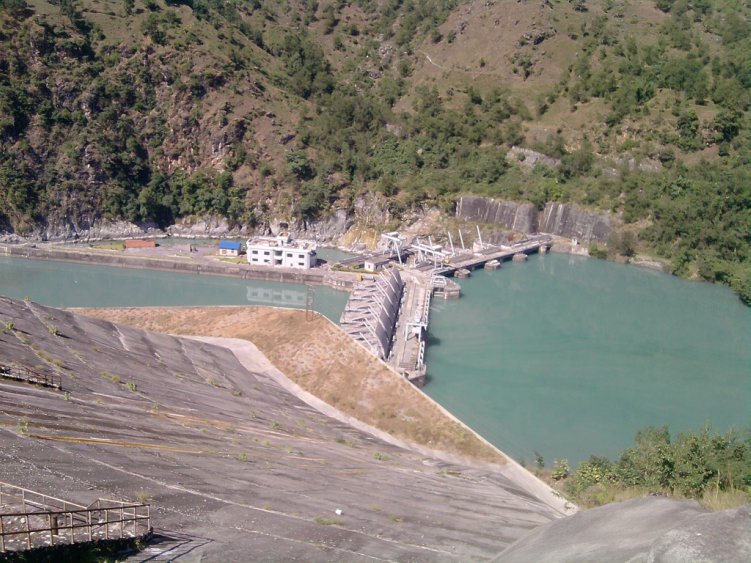FutureWater provided a comprehensive review study on climate change and the impacts on cryosphere, hydrological regimes and glacier lakes in the Indus, Ganges, and Brahmaputra river basins. This review study was done in the context of future hydropower development in the region.
Warming of the climate system is unequivocal. The atmosphere and ocean have warmed, the amounts of snow and ice have diminished, sea level has risen, and the concentrations of greenhouse gases have increased. The Himalayan region (after Antarctica and the Arctic) has the third largest amount of ice and snow in the world, and is exceptionally vulnerable. The various Global Climate Models (GCM) predict very similar future temperature trends for the region, but projections of future precipitation patterns differ widely. As a consequence, the need for increased knowledge about future climate change remains high. The main focus of GCMs thus far was on temperature increases and potential changes to the hydrological cycle. The overall tendency that has emerged is that wetter regions are likely to become wetter and drier regions drier. Increased scientific knowledge, coupled with recent weather events, show that changes in hydrological extreme events can be substantial and the geographical and temporal resolution of predicted changes remains low in many areas.
For Statkraft, as the largest generator of renewable energy in Europe and a leading company in hydropower internationally, an understanding of future changes to the hydrological cycle and its uncertainty is crucial for effective business planning. Investment decisions regarding the business strategy for the next 50 years depend on accurate predictions of climate change impacts on inflow over that period. In addition, changing probabilities and magnitudes of extreme events can put additional risk on infrastructure (dams and hydropower plants) or on other crucial infrastructure (roads and transmission lines). Statkraft’s intention to grow in the region makes it necessary to assess short, medium and long-term impacts, risks and opportunities resulting from climate change, to ensure sustainable management of the water resources for all stakeholders. Currently, Statkraft’s main business focus lies with northern India (mainly the state of Himachal Pradesh) and Nepal, while Bhutan and Myanmar might be areas of future business development as well.

Through the International Centre for Integrated Mountain Development (ICIMOD), the inter-governmental learning and knowledge sharing Centre serving the eight regional member countries of the Hindu Kush Himalayas (HKH), FutureWater provided a comprehensive review study on climate change and the impacts on cryosphere, hydrological regimes and glacier lakes in the Indus, Ganges, and Brahmaputra river basins. This review study was done in the context of future hydropower development in the region.
Publicaciones relacionadas
2015 - FutureWater Report 147
Comprehensive Review of Climate Change and the Impacts on Cryosphere, Hydrological Regimes and Glacier Lakes
Lutz, A.F., W.W. Immerzeel, M. Litt, S. Bajracharya, A.B. Shrestha


